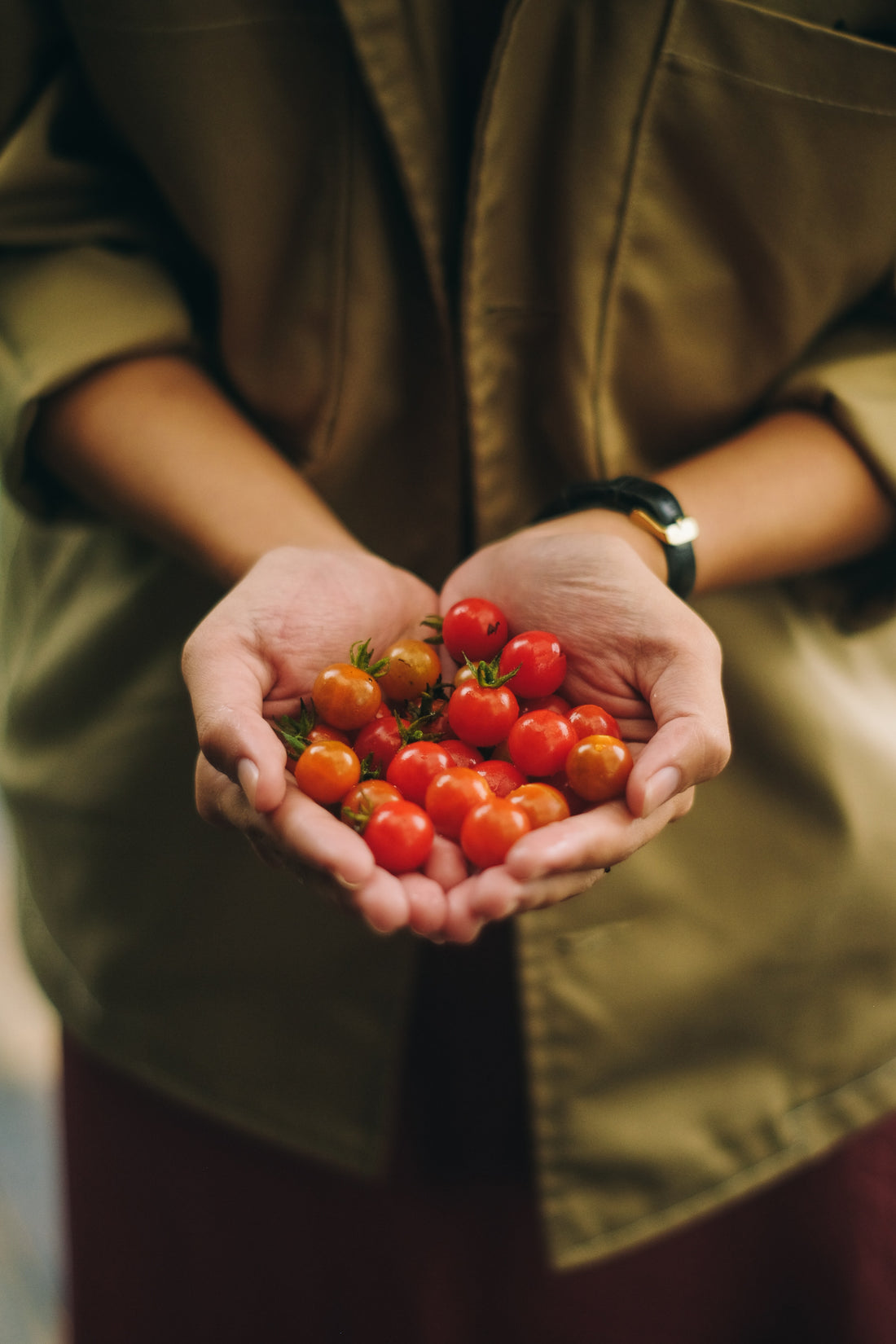
Top 10 Beginner Gardening Tips
Starting a garden can seem daunting, especially if you don't know where to begin. Following these 10 tips may help you feel more prepared to take on your garden!

1. Placement brings engagement
Find a place for your garden that is easily visible and where you will see it often. This will result in you remembering to engage with it and tend to it. Keep in mind the types of plants you wish to plant and how much direct sunlight they need. If you cant place your plants in an easily visible spot, leave a big sticky note reminder somewhere you see regularly. With plants we often fall victim to the out of mind out of sight problem.
2. Here Comes the Sun
As we mentioned in step one, be aware of sunlight. Sunlight is a big necessity with plants. Most garden plants require full sun or six or more hours of direct sunlight daily. Picking a sunny spot that you see regularly can make all the difference.

3. Use Food grade Diatomaceous Earth
Pesty bugs will make their way into your garden. Often ruining your plants or impeding growth. They also come very quick, a single aphid can produce 80 offspring in a week. Our Food grade Diatomaceous Earth is commonly used by our clients as pest control. On these insects, diatomaceous earth works as a deadly mineral with tiny sharp edges that can cut through their protective layer and dry them out. One of the benefits of diatomaceous earth to control insects is that insects cannot develop resistance, which is something that many chemical control insecticides cannot say. Diatomaceous earth will not harm worms or any beneficial microorganisms in the soil. our DE is nontoxic and chemical free.
4. Prepare the soil
Do your best to clear out rocks and debris. Loosen your soil so the roots can reach down. If you are in colder region consider using a raised garden bed. Clear out weeds before planting. Sprinkle our Food grade Diatomaceous Earth on the top of the soil to protect your plants from pesty bugs.
5. Know your zone
Research your hardiness zone to find out which plants suite you and what they need. The USDA Plant Hardiness Zone Map is divided into zones based on the average annual minimum winter temperature. If you have a higher zone number you will have a warmer climate. This information is very helpful in picking plants.

6. Plant Choice
Choosing the right plants for your region and growing conditions will help your plants thrive. Do a little google search on your region and plants that work best or search specific plants you ant and look at what they need.
7. Containers are your friend
Many garden plants can easily be grown in containers. This is a blessing because you can place containers where ever you need them. One major benefit of container gardening is there are less disease problems. The type of plant you choose will decide the size of the container.
8. Water availability
You will get sick and tired of lugging water to your plants. Consider planting near a hose or investing in a drip irrigation system.

9. Garden productivity
You don't have to plant everything all at once. some plants mature faster than others and you can stagger them. What this means is instead of planting all of your carrots at once, you sow a few sees every week or two over the course of a month. This helps you extend the harvest and keep them coming at a reasonable pace.
10. Composte
You can improve the environment and your garden by composting your kitchen and garden waste. invest in a compost bin where you let your food waste break own and then use it as mulch around the base of your plants.
Now go out there and get your garden started!!!
